Rising Pet Ownership
The increasing trend of pet ownership appears to be a primary driver for the Fortified Pet Food Market. As more households welcome pets, the demand for high-quality, nutritious food escalates. Recent statistics indicate that pet ownership rates have surged, with a notable rise in households owning dogs and cats. This trend is likely to continue, as pets are increasingly viewed as family members, leading to a greater emphasis on their health and well-being. Consequently, pet owners are more inclined to invest in fortified pet food products that promise enhanced nutritional benefits. The Fortified Pet Food Market is thus positioned to benefit from this growing consumer base, as pet owners seek products that align with their pets' dietary needs.
Increased Awareness of Pet Health
There is a growing awareness among pet owners regarding the importance of nutrition in their pets' health, which significantly influences the Fortified Pet Food Market. As information about pet health becomes more accessible, owners are more informed about the benefits of fortified foods that contain essential vitamins and minerals. This awareness is reflected in the rising sales of fortified pet food products, which are perceived as superior in quality. Market data suggests that consumers are increasingly willing to pay a premium for products that offer health benefits, such as improved digestion and enhanced immune support. This trend indicates a shift towards more health-conscious purchasing decisions, thereby driving growth in the Fortified Pet Food Market.
Innovations in Pet Food Technology
Technological advancements in pet food formulation and production are playing a crucial role in shaping the Fortified Pet Food Market. Innovations such as the incorporation of functional ingredients, probiotics, and novel protein sources are becoming more prevalent. These advancements not only enhance the nutritional profile of pet food but also cater to specific health concerns, such as allergies and obesity. The introduction of new manufacturing techniques allows for better preservation of nutrients, ensuring that fortified products deliver on their promises. As a result, the Fortified Pet Food Market is witnessing an influx of innovative products that appeal to health-conscious consumers, thereby expanding market opportunities.
Shift Towards Premium Pet Products
The trend towards premiumization in the pet food sector is significantly impacting the Fortified Pet Food Market. Consumers are increasingly opting for high-quality, premium products that offer enhanced nutritional benefits. This shift is driven by a desire for better health outcomes for pets, as well as a willingness to invest in products that reflect their values regarding quality and sustainability. Market analysis indicates that premium pet food segments are experiencing robust growth, with fortified options leading the charge. This trend suggests that consumers are prioritizing quality over cost, which is likely to continue shaping the Fortified Pet Food Market in the coming years.
Regulatory Support for Nutritional Standards
Regulatory frameworks that promote nutritional standards for pet food are emerging as a significant driver for the Fortified Pet Food Market. Governments and regulatory bodies are increasingly recognizing the importance of pet nutrition, leading to the establishment of guidelines that ensure the safety and quality of pet food products. This regulatory support not only enhances consumer confidence but also encourages manufacturers to invest in fortified formulations that meet these standards. As a result, the Fortified Pet Food Market is likely to benefit from a more structured environment that fosters innovation and quality assurance, ultimately leading to better health outcomes for pets.


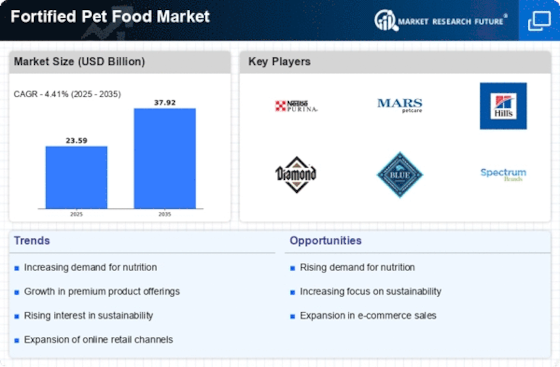
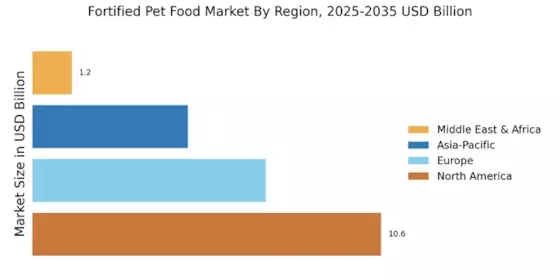

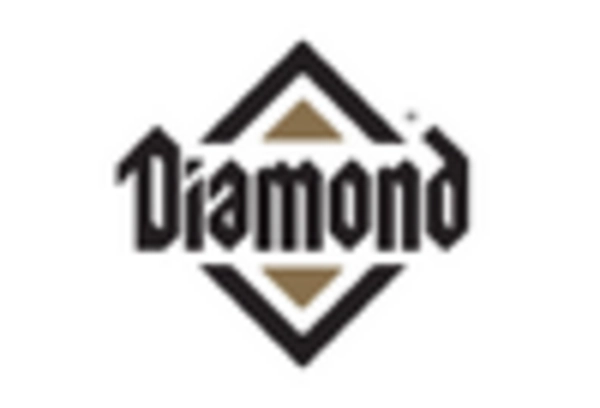
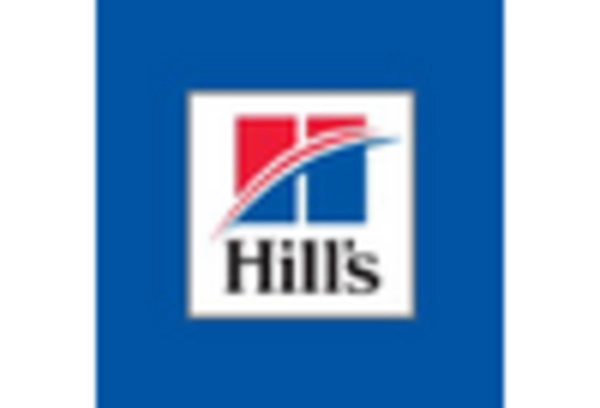
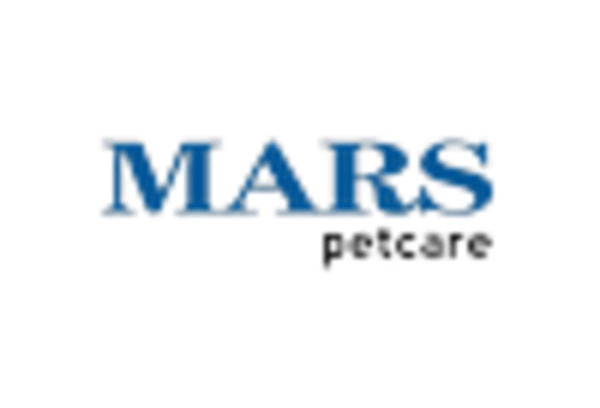
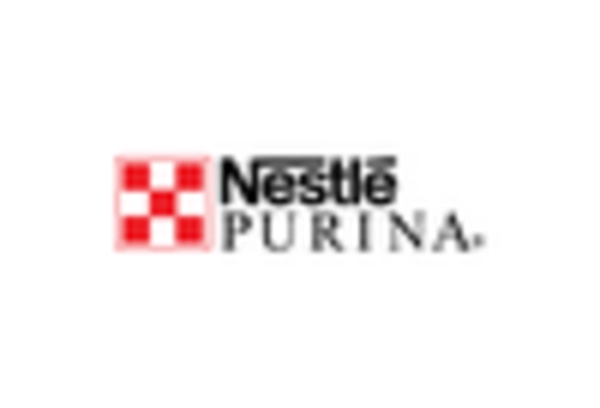
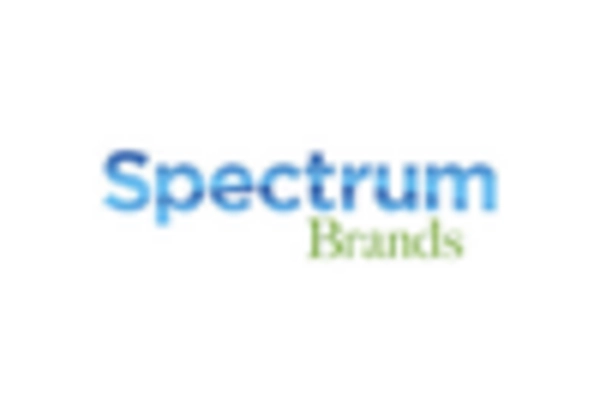








Leave a Comment